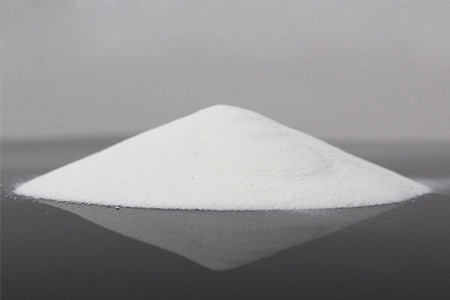Recently, the
silicon material market has experienced a wave of price increases, with prices of various products rising to varying degrees. This price increase phenomenon has not only attracted widespread attention from the market, but also revealed a series of profound changes within the silicon material industry chain. Through these changes, we can glimpse the future trends and development directions of the silicon material market.

From the upstream of the industrial chain, the price increase of silicon materials is driven by the rise in raw material costs and increased production pressure. With the increasingly strict environmental policies and rising production costs, silicon material enterprises need to continuously strengthen their technological research and innovation capabilities to improve production efficiency and reduce costs. However, this process also faces many challenges and risks. On the one hand, technological upgrading and transformation require a significant investment of funds and human resources; On the other hand, the rapid changes and uncertainties in market demand have also brought challenges to the production and operation of enterprises.
From the perspective of the midstream of the industrial chain, the price increase of
silicon materials has promoted the integration and optimization within the industrial chain. On the one hand, some weaker companies are forced to exit the market or be acquired by large enterprises due to the inability to bear cost pressures; On the other hand, leading enterprises have improved their market competitiveness and expanded their market share by strengthening their technological research and innovation capabilities, optimizing their product structure, and other means. During this process, the division of labor and collaboration within the industrial chain have also been further strengthened and improved.
From the downstream of the industrial chain, the price increase of silicon materials has had varying degrees of impact on end users. On the one hand, some users are facing operational pressure due to rising costs; On the other hand, some users reduce cost pressure by seeking alternatives or reducing usage.
